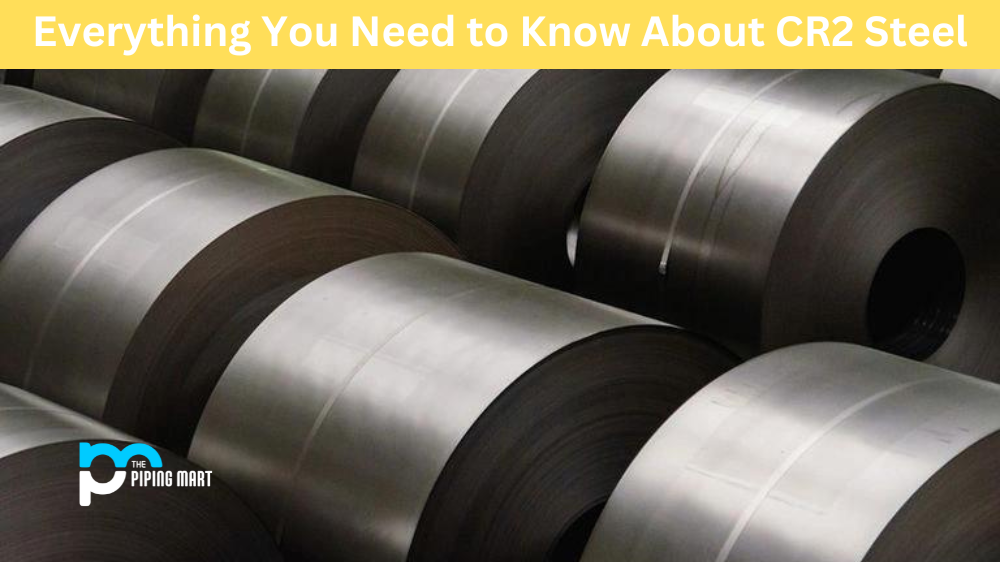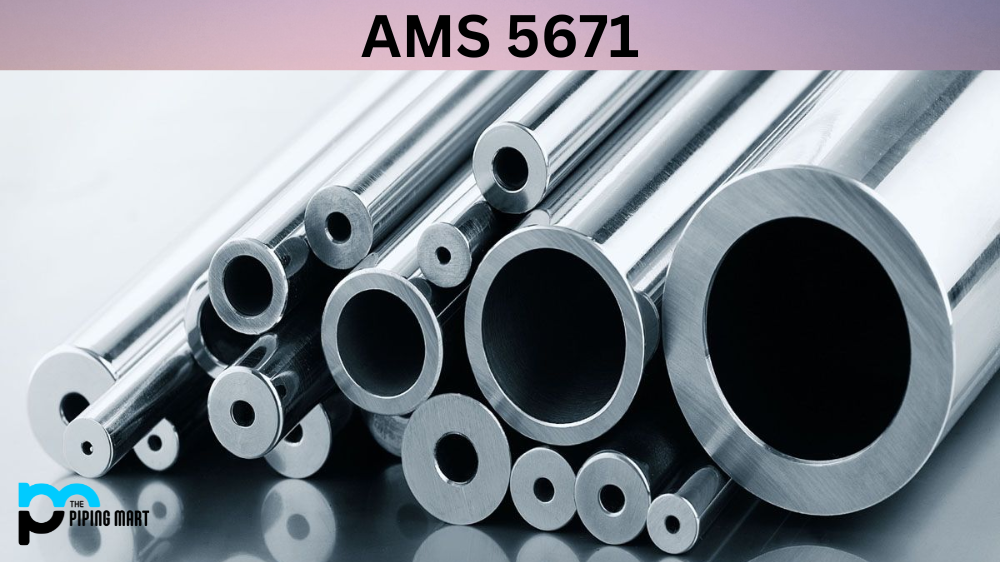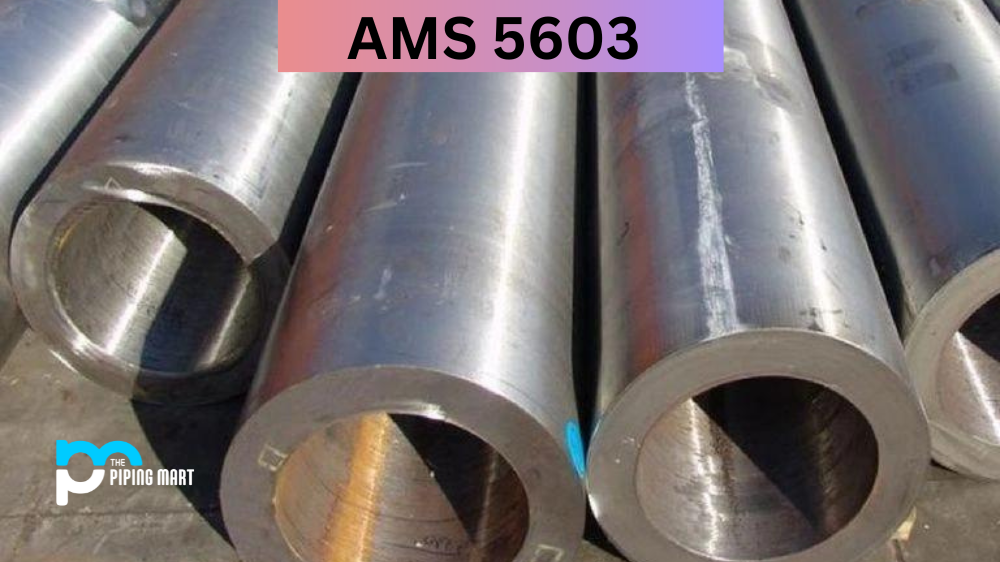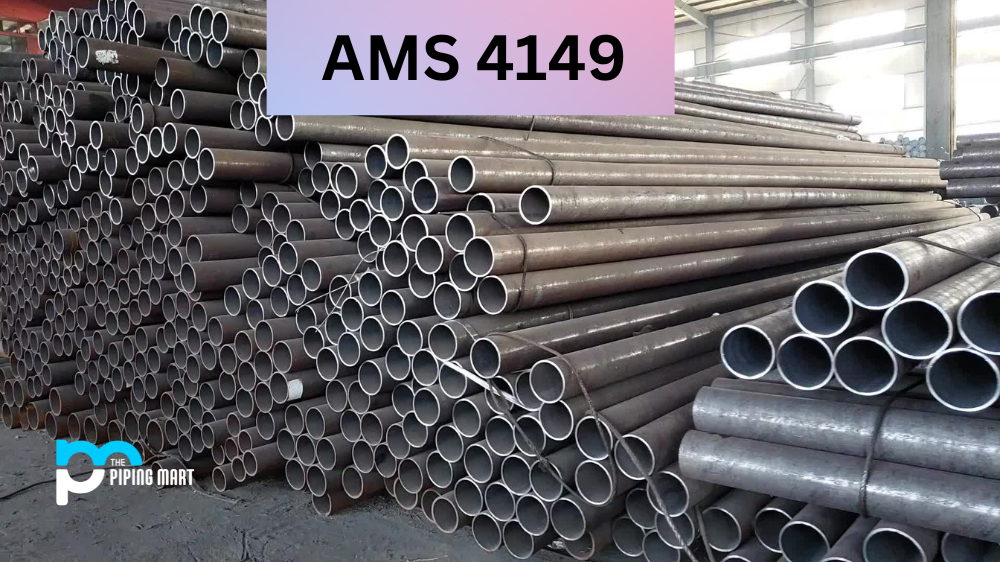Did you know that CR2 steel is one of the most versatile and durable materials in the industrial world? It is a type of stainless steel with an excellent combination of mechanical and physical properties, making it a popular choice across different industries. This blog post explores the composition, physical and mechanical properties, uses, hardness, and heat treatment of CR2 steel. So, let’s dive in!
CR2 Steel Composition
CR2 steel is a type of stainless steel alloy with a high percentage of chromium (around 14%), which provides the material with superior corrosion resistance. It also has a moderate amount of carbon (around 0.09%) and molybdenum (around 2%), which makes it less brittle and more durable.
| C(%) | Si(%) | Mn(%) | Cr(%) | Ni(%) | V(%) |
|---|---|---|---|---|---|
| 0.95~1.10 | ≤0.40 | ≤0.40 | 1.30~1.65 | ≤0.20 | ≤0.20 |
| Cu(%) | |||||
| ≤0.30 |
CR2 Steel Physical Properties
CR2 steel has a density of around 7.85 g/cm3, making it lightweight. It also has a high melting point of around 1400°C, which allows it to withstand high temperatures without deformation. The material has a thermal conductivity of around 25 W/mK, which means it can dissipate heat more efficiently than other materials.
| Property | Density kg/dm3 |
Temperature T °C/F |
Specific heat J / kgK |
Thermal conductivity W/mK |
Electric resistance µΩ·cm |
Modulus of elasticity kN/mm2 |
Expansion rate |
|---|---|---|---|---|---|---|---|
| 875 (≥) | 489 (≥) | 11 | 22 | 41 | Solution and Aging, Annealing, Ausaging, Q+T,etc | 241 | |
| Temp. °C/°F |
Creep strain limit (10000h) (Rp1,0) N/mm2 |
Creep rupture strength (10000h) (Rp1,0) N/mm2 |
|||||
| 525 | 552 | 464 |
CR2 Steel Mechanical Properties
CR2 steel is an excellent material for structural applications because it has a high tensile strength (around 690 MPa) and yield strength (around 550 MPa). It also has good elongation properties (around 25%) and fatigue resistance, making it ideal for parts that undergo repetitive stress.
| Rp0.2 (MPa) | Rm (MPa) | Impact KV (J) |
Elongation A (%) |
A Z (%) | Delivery | Hardness HB |
|---|---|---|---|---|---|---|
| 976 (≥) | 255 (≥) | 31 | 22 | 32 | Solution & Aging, Ann, Ausaging, Q+T | 231 |
CR2 Steel Equivalents
| EU EN |
Germany DIN,WNr |
Japan JIS |
France AFNOR |
England BS |
European old EN |
Italy UNI |
Spain UNE |
Sweden SS |
Czechia CSN |
Russia GOST |
|||||||||||||
| DC03 (1.0347) |
|
|
|
|
|
|
|
|
|
|
CR2 Steel Uses
CR2 steel is used across automotive, aerospace, and manufacturing industries. It is commonly used in parts that require superior corrosion resistance, such as gears, shafts, bearings, and valves. It is also used in surgical instruments and chemical processing equipment.
CR2 Steel Hardness
The hardness of CR2 steel is measured in the Rockwell C scale (HRC), and it ranges from 20 to 60 HRC depending on its form and treatment. It has excellent hardness retention at elevated temperatures, making it ideal for harsh applications.
CR2 Steel Heat Treatment
Heat treatment is a process used to modify the properties of CR2 steel to suit specific applications. It involves heating the material to a specific temperature and then cooling it at a controlled rate. The common heat treatment processes are annealing, quenching, tempering, and normalizing.
Conclusion
CR2 steel is a versatile and durable material with superior corrosion resistance and mechanical properties. Its physical and mechanical properties are ideal for high strength, fatigue, and corrosion resistance applications. The uses of CR2 steel are diverse, ranging from automotive to surgical instruments. Its hardness and heat treatment properties make it a material that can be tailored to suit specific applications. Whether you’re an engineer or a buyer, understanding the unique properties of CR2 steel can help you make informed decisions.




